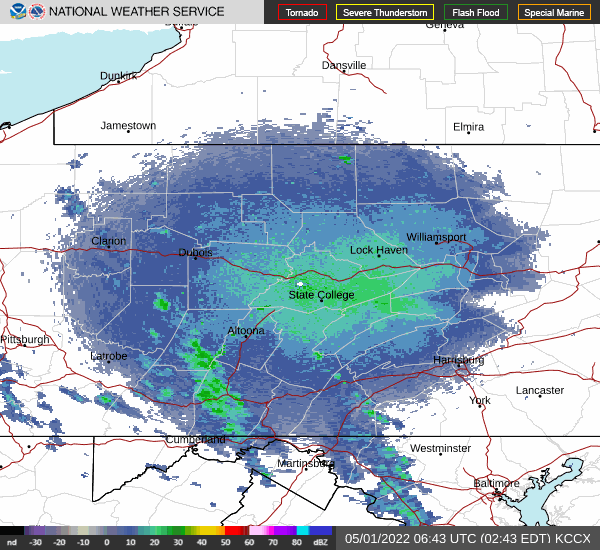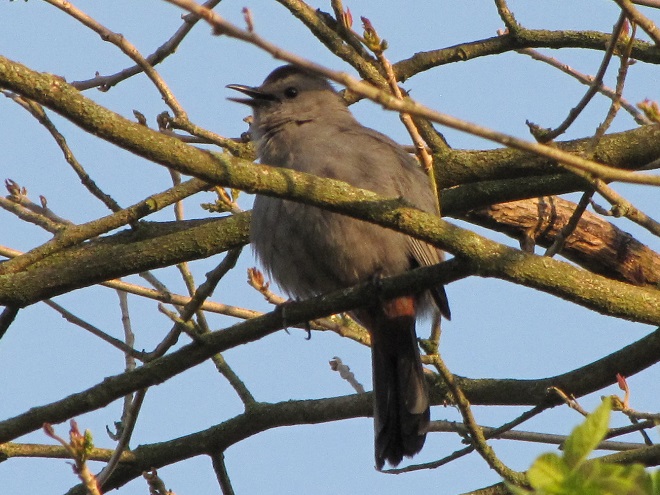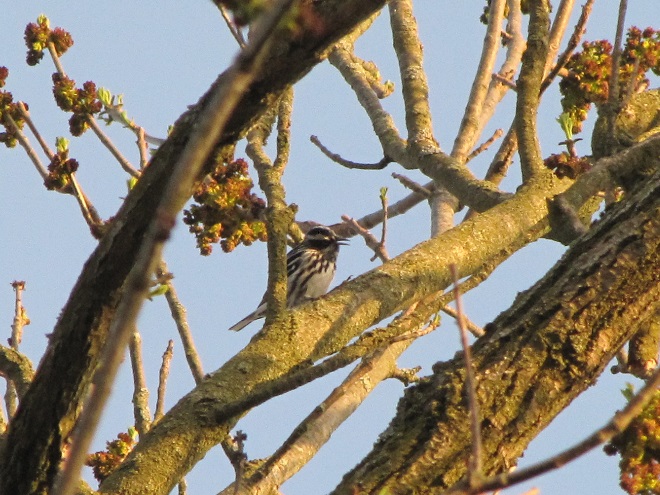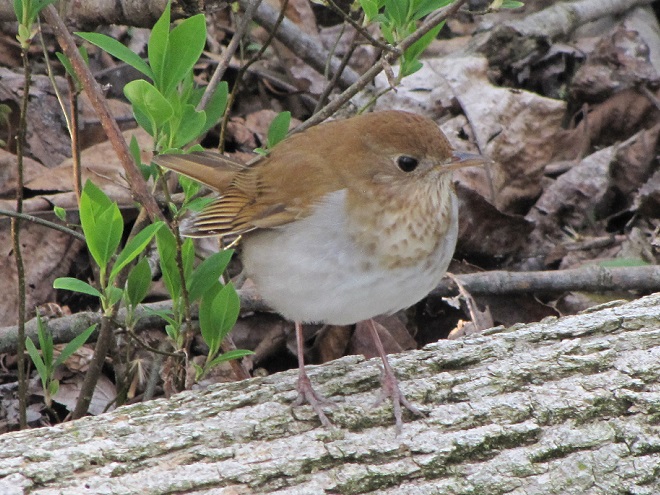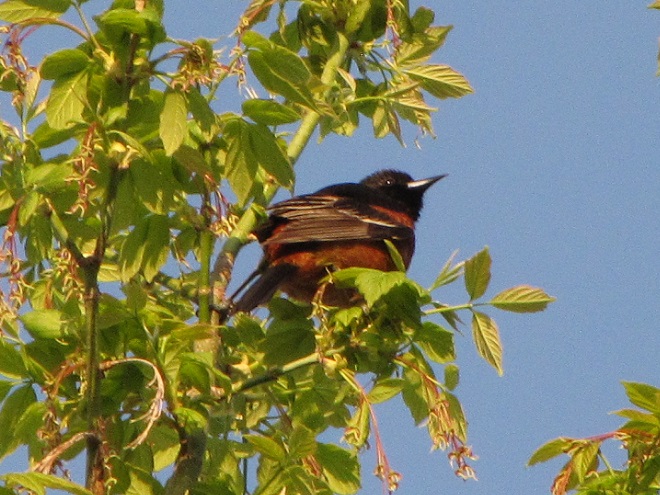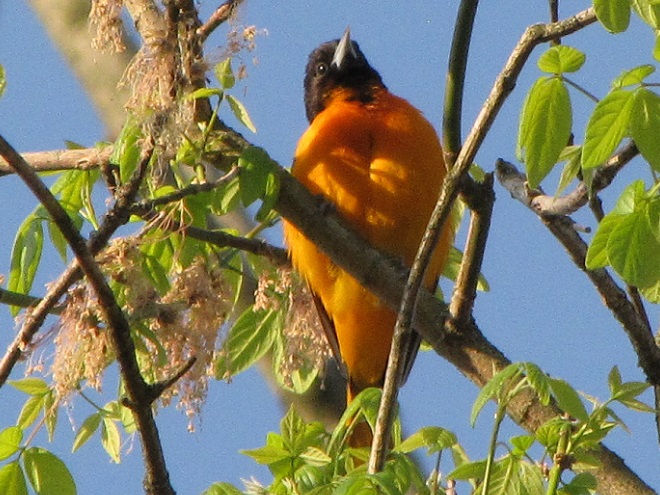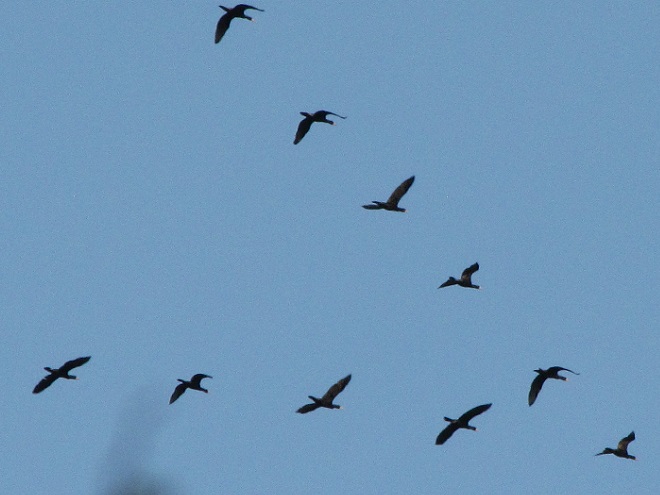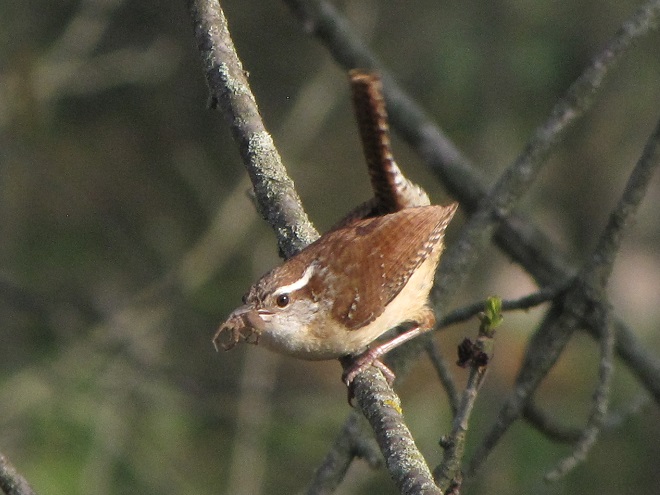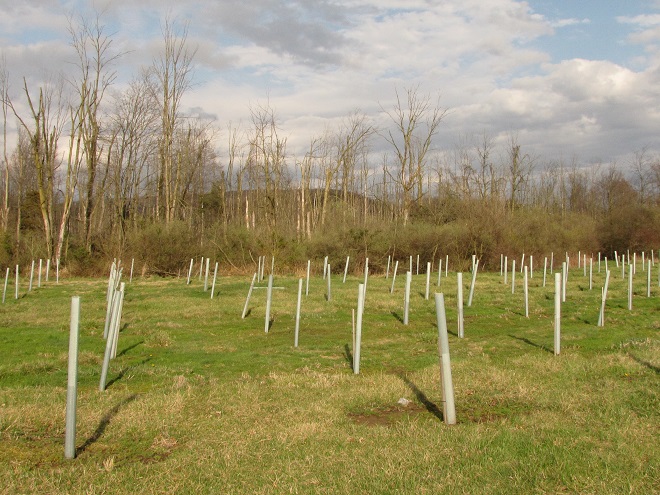
Photo of the Day


LIFE IN THE LOWER SUSQUEHANNA RIVER WATERSHED
A Natural History of Conewago Falls—The Waters of Three Mile Island

National Weather Service radar showed a sizeable nocturnal flight of migrating birds early this morning. Let’s go for a short stroll and see what’s around.
